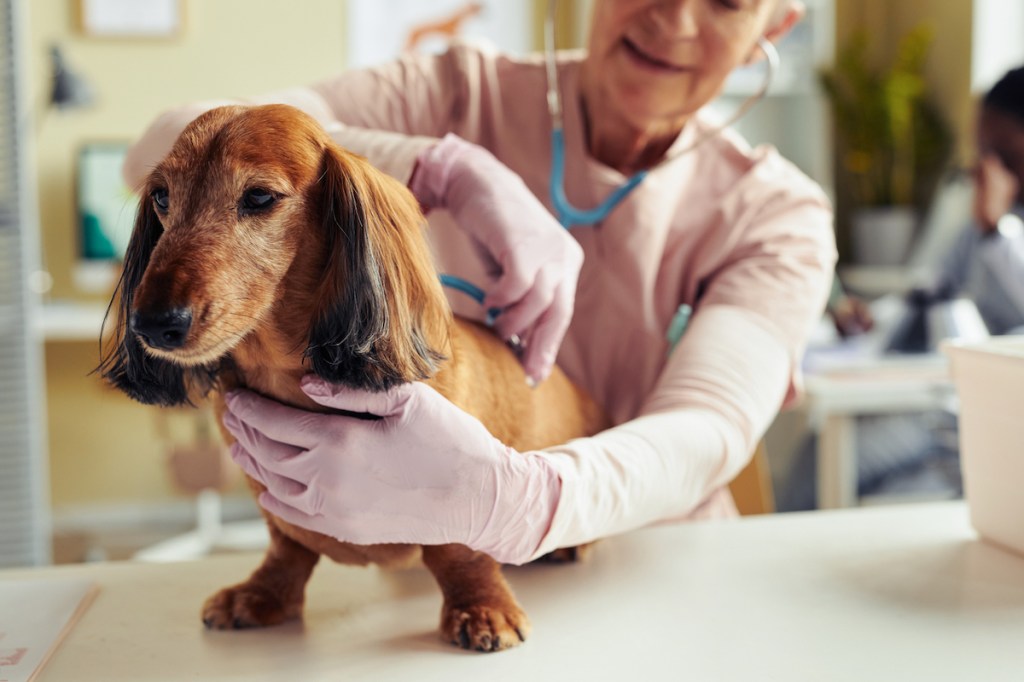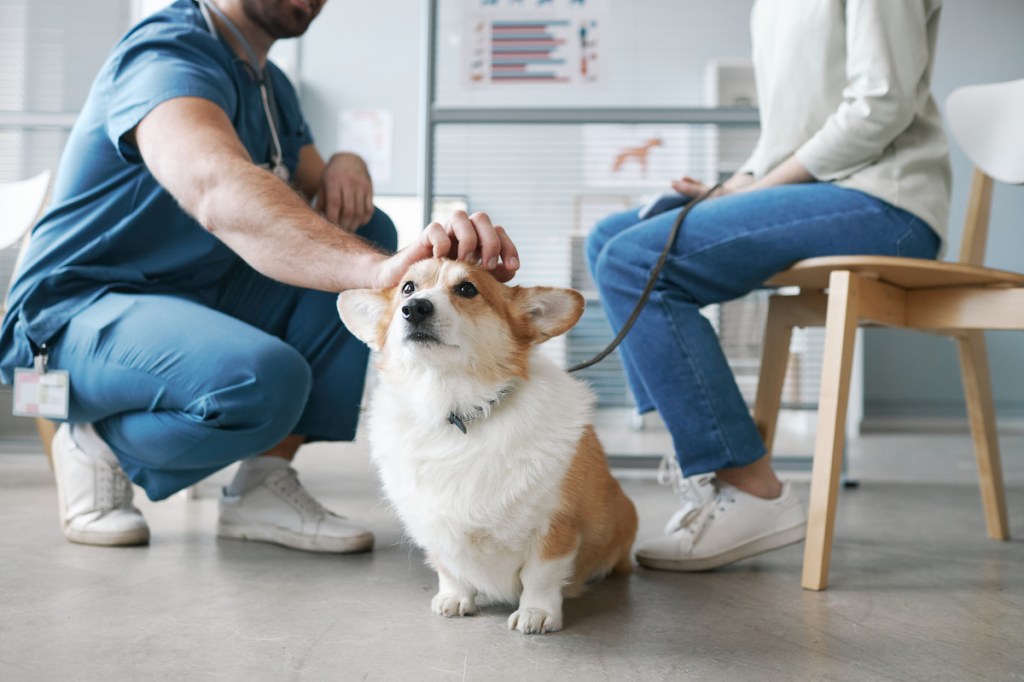Chondrodystrophy in dogs is a medical condition that is caused by cartilage issues. Specifically, the condition causes a dog to have short legs. Generally, chondrodystrophy is often referred to as CDDY.
Technically, the condition is inherited. Additionally, certain breeds including Dachshunds, Corgis, and English Bulldogs suffer from the condition more than usual. Also, the condition can seem similar to chondrodysplasia, which likewise results in a dog having short legs.
If you see signs that your dog might be suffering from this condition, then you must consult your veterinarian for a proper diagnosis and course of treatment. Here’s what you should know about the symptoms, causes, and treatments of chondrodystrophy in dogs.
Symptoms of chondrodystrophy in dogs
Chondrodystrophy in dogs results in shorter than normal legs. Additionally, some of the other most common symptoms of the condition include:
- Toes pointing inwards
- Intervertebral disc disease (IVDD)
- Bow legged appearance
- Elbow bone problems
- Toes pointing outwards
- Ununited anconeal process
- Lameness
Causes of chondrodystrophy in dogs

The condition is inherited. This means a dog is born with it.
Additionally, chondrodystrophy can affect both purebred and mixed breed canines. For example, some of the most common breeds that suffer from the condition include:
- Dachshunds
- English Bulldogs
- Beagles
- Corgis
- Basset Hounds
Treatments for CDDY in dogs
If you think that your dog might be developing chondrodystrophy, your veterinarian will want to carry out a full physical examination of your dog. Additionally, your vet will ask about your dog’s full medical history. This will include any breed-specific problems.
Thankfully, in many cases, management of the condition is key. For example, if your dog appears to be in pain, your vet can suggest ways to safely limit their exercise.
However, in extreme cases of the condition, surgery may be needed. This procedure will aim to correct any deformities that are impairing your pup’s ability to move around. As always, ask your vet about the pros and cons of any surgical procedure, including potential financial costs.
Finally, recent research into genetic testing can help to highlight mutations that can cause the condition. Speak to your vet about whether this process is appropriate for your dog.




